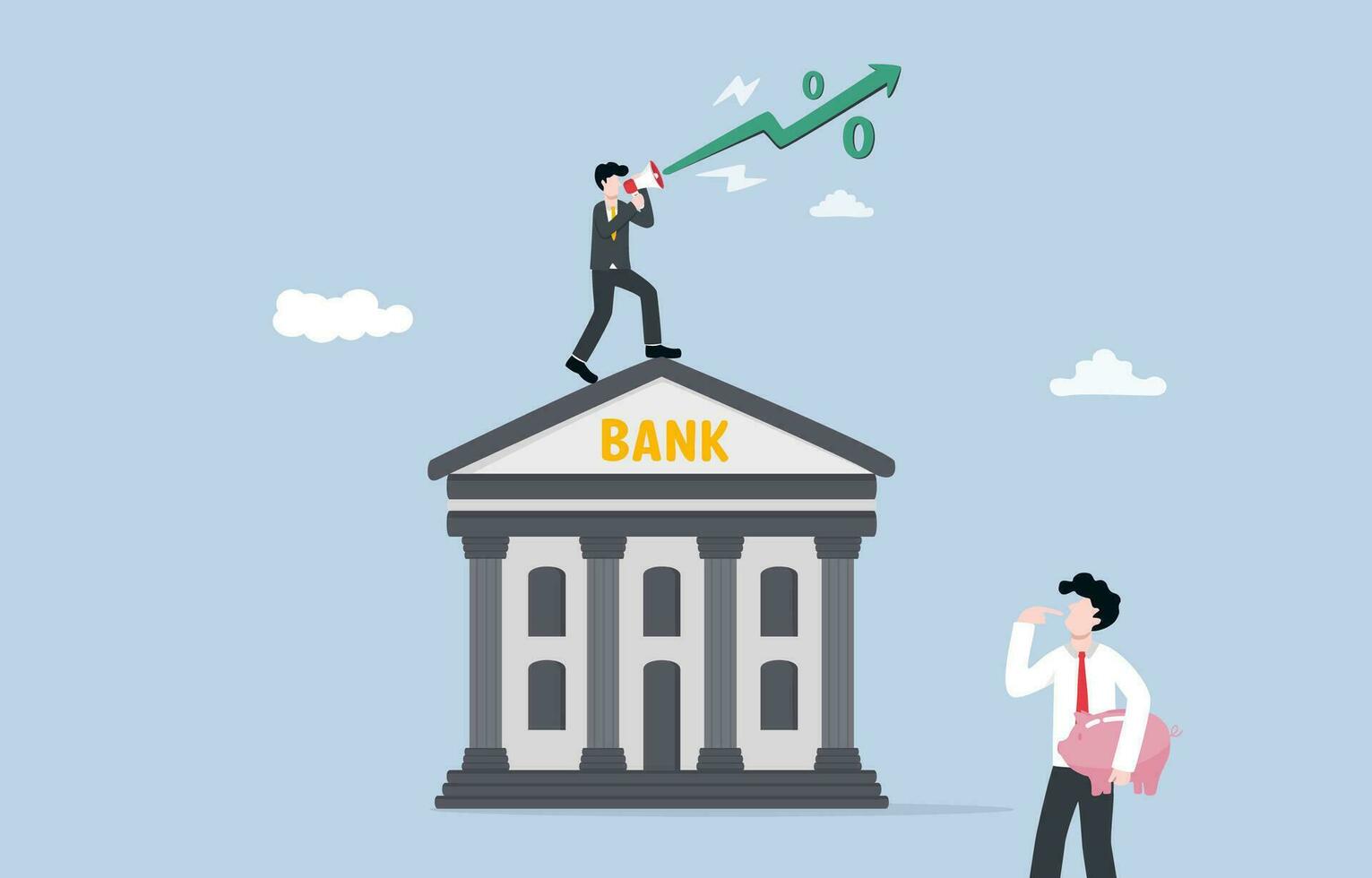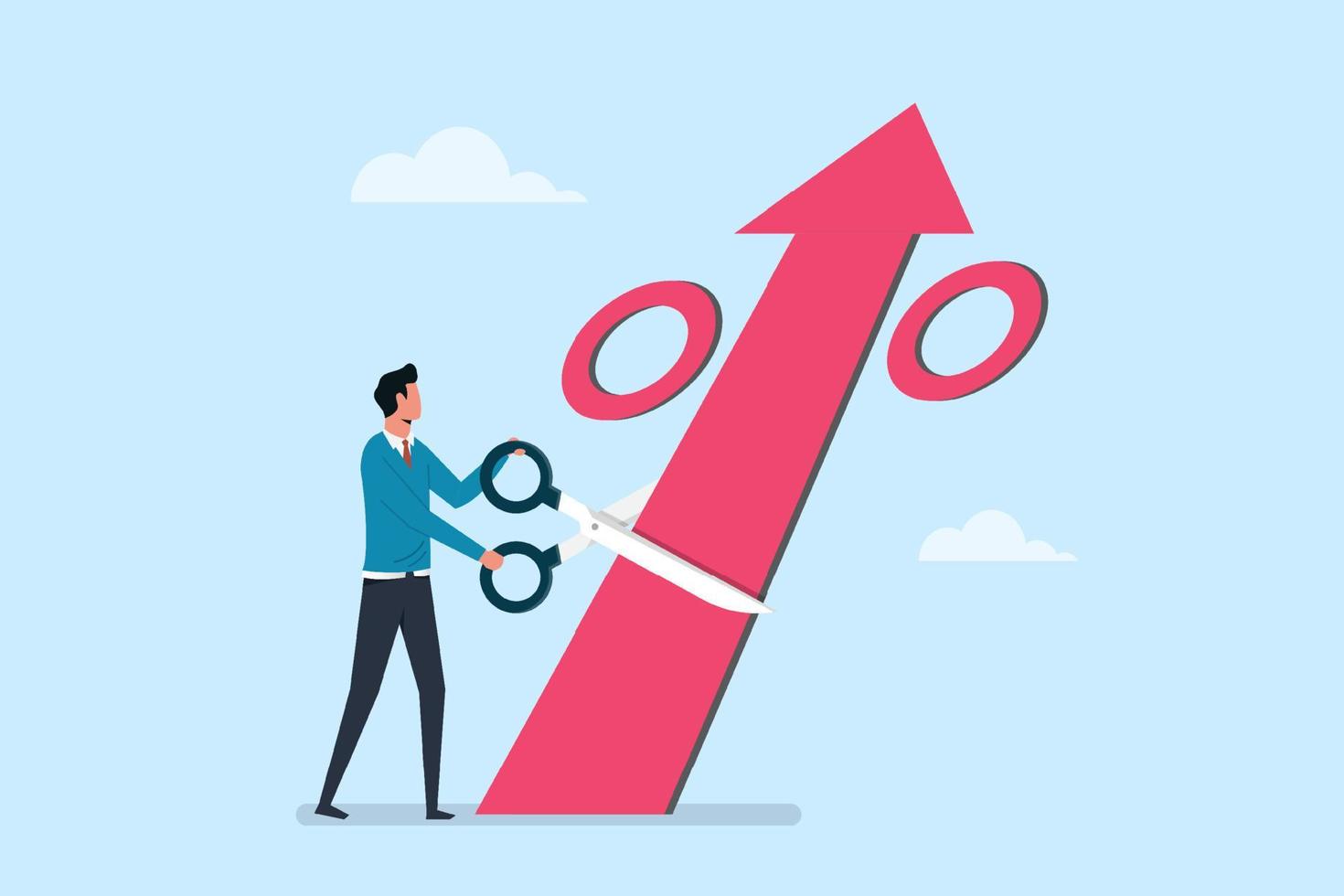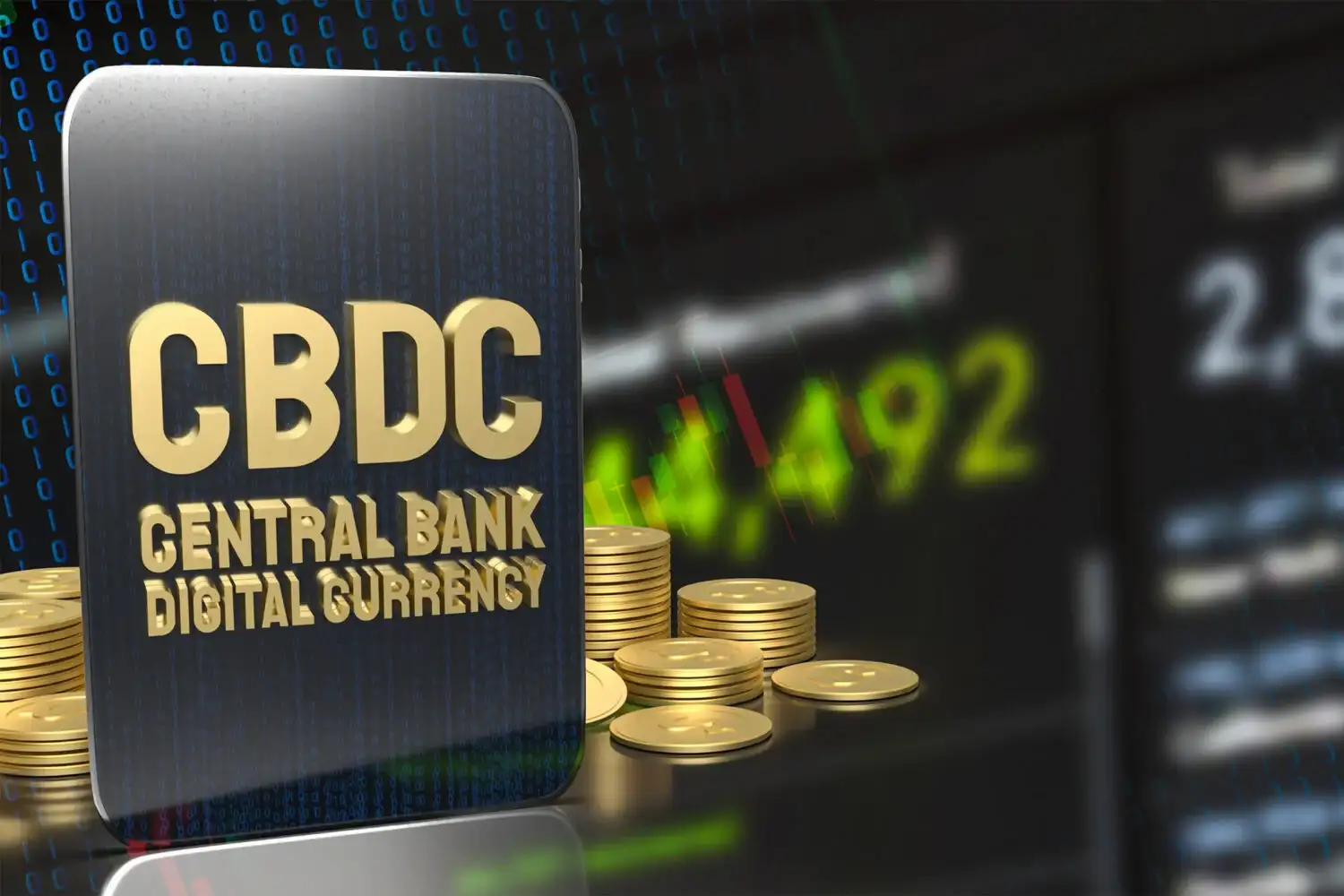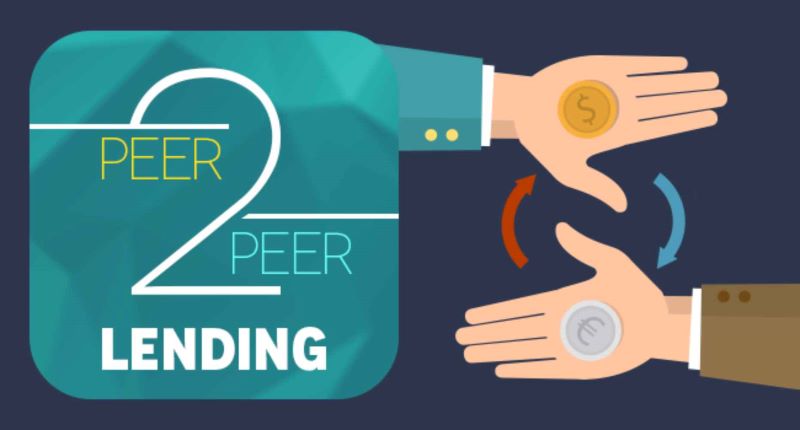Central bank interest rates and monetary policy: they might sound complex, but they touch your life every day. Think about when you buy a house, start a business, or save money. What happens at the central bank affects your wallet. Let’s crack the code of these economic decisions. We’ll see how they control the flow of money and shape our financial world. You’ll learn why rates change and how these moves aim to keep the economy on track. Ready to untangle the web of rates and policy? Dive in and master the maze. Let’s go!
Understanding Central Bank Interest Rates and Economic Influence
The Role of the Federal Reserve and Its Impact on the Economy
Think of the Federal Reserve, or the Fed, as the heart of the U.S. economy. Just like our hearts pump blood to keep us alive, the Fed pumps money to keep the economy healthy. It sets what’s called the federal funds rate, which is the cost banks pay to borrow money overnight from each other. When the Fed changes this rate, it’s like turning a big dial that can make or speed up the economy.
When the Fed fears that prices are rising too fast (inflation), it may raise interest rates. This move makes it more costly for people and businesses to borrow money. When loans cost more, people buy less, and businesses slow down expansion, cooling off the economy.
If the economy is dragging its feet, the Fed can lower rates to make borrowing cheaper. This sparks spending and investing, breathing life back into the market.
How the ECB Strategy Shapes the European Financial Landscape
Let’s sail over to Europe, where the European Central Bank (ECB) steers the ship. The ECB’s policies ripple through the eurozone, the group of countries using the euro. Like the Fed, the ECB can adjust interest rates. One of these rates is the main refinancing operations rate, popularly known as the repo rate. This is the interest rate banks pay when they borrow money from the ECB.
But why does tweaking the repo rate matter? It directly affects how much it costs banks to get money. If it’s cheap for banks, it’s often cheap for us too. That way, more people and businesses can afford to borrow money for things like houses or to start new companies. In turn, this helps the economy to grow.
The ECB sometimes uses a trick called quantitative easing. Imagine it like a money waterfall that pours cash into the economy. The ECB buys government or company bonds, which gives banks more money to lend out. That’s like giving the economy a big cup of coffee – it wakes everything up.
Central banks play a delicate balancing act, constantly moving between pumping the brakes and hitting the gas on the economy. Bank of England decisions, just like those by the Fed and the ECB, revolve around this art of balance – too much spending can lead to high inflation, but too little can drag us into a recession.
Whether we’re talking about the cash rate, discount rate, or prime lending rate, they all aim to influence how much money is floating around. They also shape how confident we feel about spending or saving our cash. It’s all part of a central bank’s huge toolbox to keep our money’s value stable and get the financial markets humming.
Through interest rate effects, expansionary or contractionary policy, and smart management of the economy’s liquidity, central banks aim to make sure we don’t hit financial potholes that can jolt our day-to-day lives. Each shake of the monetary policy kaleidoscope shapes the colorful patterns of our economic destiny – a destiny that all of us share in, with each purchase we make, each loan we take, and each saving we stash away.
Mechanisms of Monetary Policy and Their Effects on Inflation
Quantitative Easing: A Deep Dive into Central Bank Asset Purchases
Let’s talk big money moves. When the economy slows down, central banks step in. They start buying lots of stuff, like government bonds, with fresh money. This is called quantitative easing, or QE for short.
What does QE do? It pumps money into the banking system. Banks then have more to lend to folks like us. This helps businesses grow and people to spend more. More spending can lead to higher prices, which is a sign of inflation. Inflation means things cost more than they did before.
Now, QE is a massive deal. The Federal Reserve, ECB, and Bank of England all use it. Each one has its own way of doing things. The goal is always to get the economy back on its feet.
For example, after the 2008 financial crisis, the Fed used QE to stop things from getting worse. They bought a ton of bonds, which helped banks lend more easily. This got people buying and businesses investing again.
But it’s a tricky game to play. QE can make things cost more. If central banks aren’t careful, prices could go up too fast. If milk or bread costs too much, people can’t afford other stuff. That’s bad news for everyone.
Central banks have to make sure they don’t overdo it with QE. They’ve got to find a just-right balance. It’s a bit like adding salt to your food — too little and it’s bland, too much and it’s ruined.
Inflation Targeting: Balancing Economic Growth and Price Stability
When central banks want to keep prices stable, they set an inflation target. It’s usually around 2%. That’s a rate they think is best for the economy.
Why 2%? Well, it’s not too hot, not too cold, just right. It’s like Goldilocks picking her porridge. At this rate, businesses can plan for the future without worrying too much about wild price changes. People can also save, knowing their money won’t lose value fast.
Now, reaching this target isn’t easy. Central banks adjust interest rates to help hit that sweet spot. If prices rise too fast, they hike rates up. This makes borrowing cost more, and people might cut back on spending.
If prices are cool and not rising quick, they might cut rates. Cheaper loans can get people buying more. This can help bump up prices a bit, moving them towards the target.
Inflation control is a big job. Central banks use all sorts of tools to keep a lid on it. They watch prices like hawks, ready to act if they soar too high or sink too low. It’s all about keeping the economy growing just right, without letting inflation run wild.
Central banks want a stable economy with prices that don’t jump around too much. They work hard to keep inflation in check while helping the economy grow. And whether they’re being dove-like or hawk-like, it’s all for giving us a smooth ride on the money train.
The Tools of Trade: Interest Rates, Reserve Requirements, and Open Market Operations
Deciphering the Effects of Interest Rate Adjustments on Financial Markets
Think of the economy like a car and interest rates like the pedals. Central banks can push the gas to speed things up or hit the brakes to slow down. When they change interest rates, it’s like they’re deciding how fast we all go. Raise the rates, loans cost more, and people spend less. Lower them, and it’s cheaper to borrow money for a house or business. This can help jobs grow and money flow.
But interest rates do more than that. They can sway how much things cost, which is called inflation. The goal is to keep prices stable, so you don’t have to pay way more for a loaf of bread next year. Central banks aim for just the right inflation, not too high or too low. With the right touch, they help us all have enough money to buy what we need without prices going wild.
Reserve Requirements and Currency Stability: Maintaining Economic Equilibrium
Now let’s talk about a bank’s safety net, the reserve requirements. This rule tells banks how much money they must keep in their vaults. It’s a buffer so they can handle folks taking out cash without going broke. When central banks shift this buffer, it’s a big deal for currency stability. They ensure there is just enough cash, like Goldilocks not wanting her porridge too hot or too cold.
Lower reserve requirements let banks lend more money. It can boost the economy when it’s sluggish. But if there’s too much cash passing around, prices could shoot up. We don’t want that. Central banks hike up reserve requirements to make sure banks have more cash on hand. This calms things down when money is flowing too fast. It’s all about balance to keep the economy steady and strong.
These tools, like a mechanic’s trusty wrenches, help fix and fine-tune the economy where needed. Interest rates, reserve requirements, and buying or selling government bonds in open market operations are all part of the toolbox. Central banks use them with care, always aiming for an economy that runs smooth and steady for us all.
Forward-Looking Statements: Impact and Interpretation of Central Bank Policies
Analyzing Central Bank Independence and the Objectives Behind Policy Decisions
Central banks like the Federal Reserve, the ECB, and the Bank of England have a big job. They help control how much things cost, called inflation. They do this by setting interest rates and using other tools. When a central bank is independent, it means they make choices based on what’s good for the country’s money, not politics. They focus on keeping prices stable so that the money you have today will buy about the same stuff tomorrow.
These central banks also have to think about jobs and how easy it is for people to find work. They set goals for inflation to help keep the economy healthy. This means sometimes they raise rates to slow things down and keep prices from going too high. Other times, they lower rates to make it easier to borrow money, which can help more people get jobs.
They also use something called quantitative easing. This is when they buy stuff like government bonds to put more money in the banks. It helps make loans cheaper and supports the economy. Central banks use this mainly when normal ways, like changing interest rates, can’t help enough.
Assessing the Long-Term Economic Outlook through Forward Guidance and Central Bank Communication
Talking about what they will do in the future is another way central banks help the economy. This is called forward guidance. It’s like giving a heads up to banks, businesses, and folks like you and me. If the central bank says rates might go up, people and businesses can plan for it. They might spend or borrow differently, which influences the whole economy.
Forward guidance helps us understand what the bank thinks will happen with prices and jobs in the future. It can make people feel more sure about the economy. This is important because when people feel confident, they spend and invest more. That can lead to more jobs and better wages.
Central banks have to be careful with their words. If they say something too strong or confusing, markets can react in big ways. A dovish stance means they’re thinking about lowering rates to help the economy grow. A hawkish stance is the opposite. They might raise rates to keep inflation in check.
In the end, central banks aim to keep the economy stable, help prevent a big downturn, and keep your money’s value as steady as can be. They use interest rates, talk about future plans, and keep an eye on how much money is out there. All of this helps make sure that when you get money, it stays useful – so when you’re ready to spend, your money still works hard for you.
In this post, we’ve dived deep into how central banks influence economies. They hold significant power over interest rates and their decisions shape financial markets. We’ve uncovered the tactics they employ, such as quantitative easing and inflation targeting, which aim to keep economies stable.
We’ve also explored the tools used by these financial giants. Adjusting interest rates, altering reserve requirements, and buying or selling securities are just a few ways they seek to maintain balance. It’s a complex dance between fostering growth and ensuring price stability.
Lastly, we’ve seen how central banks communicate their strategies. They must balance being clear while avoiding market turmoil. Their forward guidance provides a peek into our economic future.
My final thoughts? Understanding these policies is key. It affects everyone from big banks to our own wallets. Navigate the financial landscape with this knowledge and you’ll make wiser money moves. Stay informed, stay prepared.
Q&A :
How do central banks use interest rates to manage monetary policy?
Central banks wield their authority over interest rates as a primary tool in shaping monetary policy. By adjusting the benchmark interest rates, they can influence the cost of borrowing, thus either encouraging spending and investment during slow economic periods or cooling off an overheated economy. Changes in central bank interest rates can affect inflation, employment rates, and overall economic growth.
What happens when a central bank raises interest rates?
When a central bank raises interest rates, it generally signals an attempt to temper inflation. Higher interest rates tend to discourage borrowing and spending by both consumers and businesses, which can slow down economic activity. This increase also typically strengthens the currency value and can attract foreign investors looking for higher returns on their investments.
How do interest rates affect inflation and unemployment?
Interest rates have a close relationship with both inflation and unemployment, commonly referred to as the Phillips curve. When a central bank lowers interest rates, it can stimulate economic growth, potentially reducing unemployment rates due to increased demand for labor. However, too much economic activity can lead to high inflation. Conversely, raising interest rates can help control inflation but may increase unemployment if businesses reduce investment and slow down hiring.
What is the role of central banks in determining monetary policy?
Central banks are responsible for formulating and implementing monetary policy, with the ultimate goal of achieving stable prices (controlling inflation), promoting employment, and ensuring moderate long-term interest rates. They adjust policies through methods like changing interest rates, regulating bank reserves, and conducting open market operations, amongst others, to steer the economy toward these goals.
Can central bank policies affect the stock market and exchange rates?
Yes, central bank policies, particularly interest rate decisions, have significant effects on the stock market and exchange rates. When a central bank shifts its interest rates, it can change investors’ expectations and risk appetites, leading to fluctuations in stock prices. Similarly, exchange rates can move based on interest rate differentials between countries, influencing the flow of capital across borders and impacting international trade and investments.






